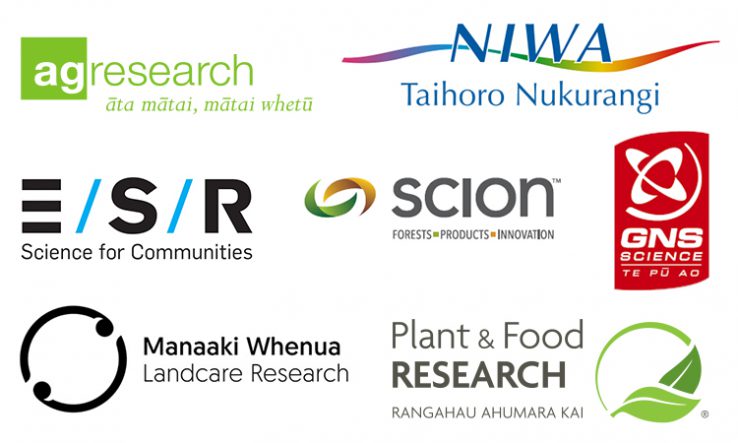
Annual reports indicate that New Zealand institutes’ finances remained relatively stable in 2020
New Zealand’s Crown Research Institutes generally came through the first year of the Covid-19 crisis with their finances intact, according to their 2020 reports.
The Plant and Food Research CRI finished 2019-20 with a total profit of NZ$9.8 million. It received NZ$8.8m in Covid-19 recovery funding and earned NZ$51.6m in royalties. Its total income of just under NZ$170m was almost identical to its 2018-19 income but around NZ$10.5m short of projections.
The institute’s number of peer-reviewed papers was down to 339, compared with 384 in 2018-19. Of its 973 staff, 690 worked in research positions.
The Environmental Science and Research CRI was directly involved in the Covid-19 response. ESR chair Denise Church and chief executive Peter Lennox said in its report that it “stood up the nation’s first diagnostic test for Covid-19, developed an online dashboard to allow government and the public to stay abreast of the latest data, and [was] the first in New Zealand to sequence the genome of Covid-19”.
ESR’s health role meant its revenues grew from NZ$78.6m in 2019 to NZ$83.75m in 2020. A large chunk of ESR’s funding comes from the Strategic Science Investment Fund, at a total of NZ$9.2m in 2019-20. ESR had 432 employees in June 2020, more than 80 per cent of whom were engaged in science and research.
Scion, the forestry CRI, also reported increased revenue, at NZ$57.9m compared with NZ$55.9m in 2019. About 80 per cent of Scion’s income came from government funding. It employed 320 full-time-equivalent staff, who published 154 refereed papers.
‘Significant impact’
The AgResearch CRI said in its report that “the inability to perform both laboratory-based and farm-based science during alert Level 4 had an immediate and significant impact on AgResearch’s ability to deliver projects, and consequently on our revenue”. It returned an operating profit of NZ$6.8m.
GNS Science fell behind its forecast budget, making just a NZ$400,000 profit on revenues of NZ$95.4m. GNS employed 454 staff in 2020, of whom about a third held doctorates and 306 were employed in research roles.
GNS’s report noted the effect of the 2019 White Island volcano eruption on its staff, with the loss of tourists’ lives and the subsequent investigation of GNS by safety regulator WorkSafe having an ongoing impact on the organisation.
The Landcare Research CRI reported an after-tax profit of NZ$4.9m. Its 441 staff published 348 refereed papers between them.
The National Institute of Water and Atmospheric Research’s report revealed an after-tax profit of NZ$7.4m in 2019-20, up from NZ$6.2m in 2018-19. However, it said the Covid-19 lockdown had affected productivity and that revenue overall was NZ$14.74m lower than planned, offset partly by NZ$8.27m in government recovery funds.